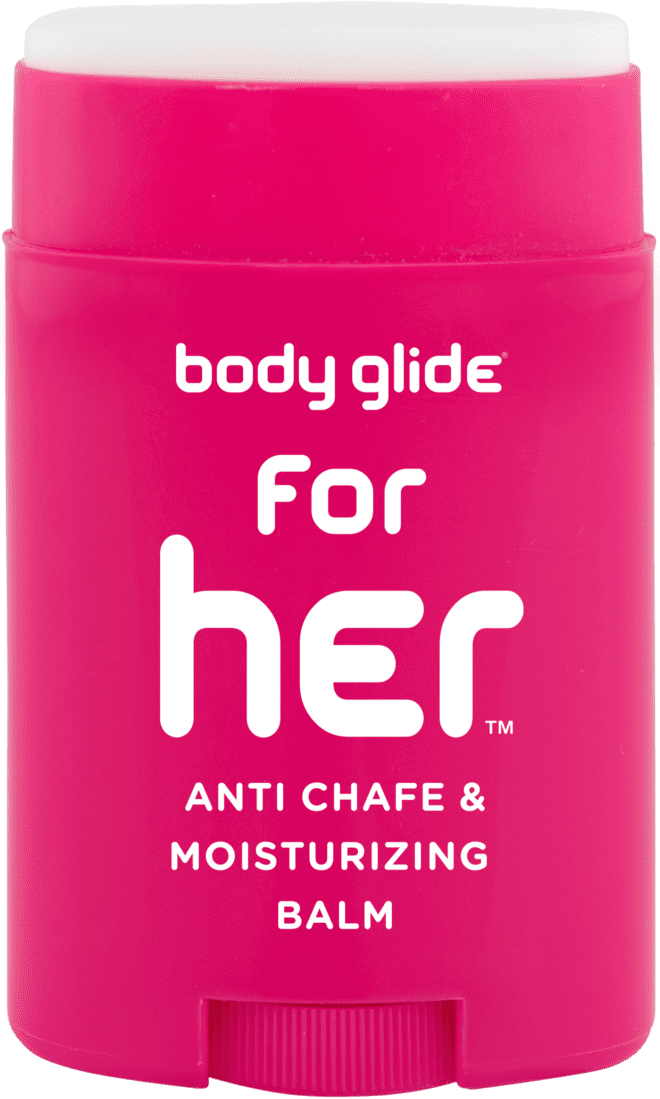Adding bands to traditional lifts can breathe new life into old exercises and take your workout intensity to a new level.
Unlike other flavor-of-the-month fitness trends, resistance bands — specifically superbands — seem even more valuable today than they did a decade ago. From mobility exercises to dynamic warm-ups to band-only exercises, the versatility of these inexpensive and portable devices makes them an MVP of the weight room.
An effective and underused training strategy is combining bands with traditional gym lifts, and two different techniques have been embraced by strength athletes over the last several years. Both train body control and strength, and they may help you smash through plateaus while simultaneously beating boredom.
Accommodating Resistance Training
The problem with weight training is that 100 pounds is always 100 pounds, no matter where you are in a rep — at the weakest part of the force curve (such as in the hole of a squat) or at the strongest (such as at the top of a bench press). If you service the weak part of the motion and go lighter, you might not stimulate the muscle properly. If you load the bar for the strong part of the rep, you run the risk of injury. Enter the superband.
Superbands provide “accommodating resistance,” meaning they are easy when you are at your weakest and challenging when you are at your strongest. Take a bench press for example: Secure a superband on either end of the bar to the floor, then get into position. When the bar is on your chest, the bands are nearly slack, but as you press the bar to lockout, the resistance increases as the bands are stretched. This adds effort and intensity without adding load, protecting your joints while adding a layer of accountability.
“A band engages muscles differently at the top of a movement. You can’t do lazy reps this way,” says Jay Ashman, strength coach and owner of Kansas City Barbell in Missouri. Adding bands to traditional lifts also means better results: A study published in the Journal of Strength and Conditioning Research found that a group of subjects who used bands during free-weight exercises for seven weeks experienced greater gains in both lower- and upper-body strength and lower-body power as compared to a weights-only group.
How-To
- Use accommodating resistance for one to two exercises per bodypart per workout.
- Choose slightly lighter weights and perform more reps.
- Since the bands offer resistance where you’re not used to it, take each rep slowly and carefully.
- Do not use accommodating resistance for ballistic or explosive exercises such as box jumps or Olympic lifts, or for exercises that have an arcing range of motion such as kettlebell swings or landmine rotations, Ashman advises. Also, do not use mini-bands for this type of training.

Banded Barbell Hip Thrust
Loop a superband around the front and back legs of a bench. Slide your legs in between the band loop and sit on the floor with your upper back flush against the bench. Position the band in your hip crease, then roll a barbell over your legs and on top of the band. Bend your knees and place your feet flat on the floor about shoulder-width apart, and hold the barbell steady with your hands as you press your upper back into the pad and then push through your feet to extend your hips into a tabletop pose. Pause briefly and then slowly lower to the start.
Tip: Try this move without a barbell to start to get the feel of it. Add the bar when you’re comfortable.

Banded Dumbbell Bench Press
Loop a light band underneath a flat bench and hold an end in each hand. Grab a light pair of dumbbells and lie faceup with your elbows bent 90 degrees, palms facing forward. Extend your arms to press the weights over your chest and inward toward one another until your arms are straight, then lower back to the start.
Tip: Really control the eccentric portion of the motion when the band will want to shorten again to protect your shoulders.

Banded Kettlebell Sumo Deadlift
Place a kettlebell on the floor between your feet with the handle parallel to your body. Run a band through the handle, then secure an end under each foot. Stand with your feet outside shoulder-width apart with your toes angled slightly outward. Bend your knees and drop your hips to grasp the handle with both hands. With your chest up and focus forward, extend your hips and knees to stand. Reverse the move, lowering almost to the start, and repeat.
Tip: Because your feet are wider, your knees will need to bend a bit more than they would in a standard squat in order to achieve a full range of motion.

Banded Landmine Romanian Deadlift
Place one end of a barbell into a landmine device. Run a band overtop of the opposite end, then loop a band end around each foot to anchor it to the floor. Stand with your feet outside shoulder-width apart and hold the end of the bar with both hands, shoulders back, core braced. Keep a slight bend in your knees and a flat back as you hinge at your hips to lower the bar toward the floor, arms straight. When youro torso comes just about parallel to the floor, press your hips forward and sqeeze your glutes to raise the bar and return to standing.
Tip: The bar will want to pull you forward; pinch your shoulder blades together to keep your chest open and your back safe.

Banded Goblet Squat
Loop one end of a band around your head and neck and the other end underneath your feet. Hold a kettlebell by the horns at chest level and then kick your hips back and bend your knees, lowering your glutes straight down toward the floor. Go as low as you can using good form, then press through your heels to return to standing.
Tip: Concentrate on staying as upright as possible so the band does not pull your head and neck forward, thereby pulling your spine out of alignment.
Hanging Weight Training
A few years back, instability training was the hottest thing in fitness. Everyone was standing on wobble boards, exercise balls or on one foot while they lifted weights. While it turns out that the benefits of training on an unstable platform were slightly overhyped, training with an unstable implement is much more promising.
“This kind of training induces rhythmic stabilization,” says Brian Richardson, MS, CPL2, NASM-PES, co-owner of Dynamic Fitness in Temecula, California. “You get a little bit of movement that forces you to stabilize the weight. You also get reciprocating tension on both sides, with your agonist and antagonist muscles.” In other words, by using weights suspended by bands, you get unpredictable motion from the bar, which forces you to activate your core musculature and other stabilizers to control the load. This increases your time under tension and ultimately forces your body and nervous system to recruit more muscle fibers.
How-To
- Use a weight that is 10 to 20 percent less than what you would use in the traditional version of each exercise.
- Use a higher rep range or do the exercise for time in order to recruit more Type II muscle fibers, Richardson advises.
- Perform the reps with a very slow tempo to maintain control.
- Do not go too heavy when using this technique, and those with rotator-cuff issues should stay away from this type of training, according to Richardson. Since this technique requires superior core strength and body control, it’s not appropriate for beginners.

Hanging Kettlebell Barbell Back Squat
Set a barbell in a rack at your squatting height. Using two identical bands and two identical kettlebells, loop the bands through the kettlebell handles and hang them from either end of the barbell, securing them with clips. Position the bar across your back, then stand and take a step away from the rack. Stand with your feet shoulder-width apart and turned out slightly, then kick your hips back and bend your knees to lower into a deep squat. Drive through your heels and extend your knees and hips to return to standing.
Tip: The kettlebells will swing and cause the bar to move around, so use a slower tempo and keep your core tight to maintain form and balance.

Hanging Kettlebell Barbell Bench Press
Position a barbell in a rack set for a bench press. Using two identical bands and two identical kettlebells, loop the bands through the kettlebell handles and hang them from either end of the barbell, securing them with clips. Lie faceup on the bench and take an overhand grip on the bar just outside shoulder width. Unrack it and find your balance before slowly lowering it down toward your chest. When your elbows come roughly level with your rib cage, press the bar smoothly back up to the start.
Tip: Use a spotter to assist in guiding the bar on and off the rack and to help you stabilize the bar before beginning your reps.

Hanging Kettlebell Lateral Delt Raise
Using two identical bands and two identical kettlebells, loop the bands through the kettlebell handles and place one on either side of a plyometric box. Grasp an end of the band tightly in each hand. Stand on the box with your feet together and a slight bend in your knees and elbows. Keep your core tight as you slowly raise your arms up and out to the sides until they are parallel with your shoulders. Lower slowly to the start and repeat.
Tip: Standing on the box allows you a greater range of motion. If you were on the floor, the weights would be resting on the ground at the start.

Hanging Kettlebell One-Arm Overhead Press
Loop a band through itself around the handle of a kettlebell and loop the other end over your wrist, grasping it tightly. Stand with your feet shoulder-width apart and raise your arm level with your shoulder, elbow bent 90 degrees, palm facing forward. Press the weight directly overhead to full extension and then slowly lower to the start.
Tip: Keep your rib cage tucked in and your core braced to stabilize your body as you move the weight vertically.
Written by Mike Carlson for Oxygen Magazine and legally licensed through the Matcha publisher network. Please direct all licensing questions to legal@getmatcha.com.








